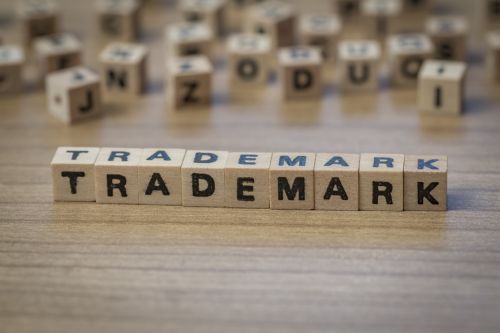You worked hard to get your business up and running, and may have spent years establishing your brand. But there may be times when you might abandon a trademark — purposely or inadvertently — or you may wish to use one that was once owned by another. There are two primary ways in which a trademark can be abandoned — through nonuse or by failing to move your USPTO application forward. Importantly, once a trademark is deemed “abandoned,” it no longer has the protective rights granted by the Lanham Act.
What is an Abandoned Trademark?
A trademark must be continuously used in commerce for you to retain your rights to it — if you fail to do so, the mark may be deemed abandoned. Otherwise, trademark protection can ultimately last indefinitely, as long as it is maintained.
Trademark abandonment occurs when the owner has not used the mark and has no intention to resume use. Abandonment can be inferred based on the circumstances surrounding the nonuse. If a mark has not been used for three years, this may be considered prima facie evidence of abandonment.
If you can demonstrate that you intend to resume use of the mark through advertising or distribution, you may be able to rebut the nonuse presumption. In addition, nonuse may be excused if you can show proof that you had no control over the circumstances leading to the nonuse.
Other common causes of trademark abandonment may include:
- Improper assignment of the mark
- The mark has become generic
- Inability to maintain adequate control over a licensed trademark
- Failure to take measures to prevent unauthorized use of the trademark
A trademark can also be abandoned before it has been registered. A USPTO application may be deemed abandoned if you did not file a response to an office action response, an Extension of Time, or a Statement of Use. In these cases, the USPTO will notify you that your application has been relinquished by sending a Notice of Abandonment. However, you may still have the option to revive your abandoned application.
How to Revive an Abandoned Trademark
In the event that you inadvertently abandoned your trademark application, you may be able to file a petition to revive it if certain conditions are met. When the USPTO sends a Notice of Abandonment, you only have two months from the date marked on the notice to respond. However, if you did not receive the notice, you have up to six months from the date of abandonment to file a petition. If you are outside the time frame to file a petition, you will need to begin the registration process over again.
When a trademark itself is abandoned, you could regain some of the protective rights it once had simply by beginning to use it again in commerce. But in doing so, you will only have limited protections and it can be much more difficult to assert your ownership in an infringement action. If you plan to resume using the mark and define your brand with it, you should strongly consider re-registering it with the USPTO.
Can You Register an Abandoned Trademark?
With countless trademarks being filed year after year, it is becoming more difficult to register an original mark. In this case, you might consider trying to register a mark that has been abandoned. But even if another entity abandoned their trademark application, claiming the mark as your own may not be as easy as you would expect. Significantly, the other business might still have common law rights if they continue to use the mark.
It is also essential to be aware that there might also be a specific reason for the abandonment. Perhaps it was likely to be confused with another mark, or the application would have been rejected based on other grounds. It is crucial to keep this in mind when considering whether you want to move forward with registering an abandoned mark.
Nevertheless, if you wish to register an abandoned trademark, you will be required to file a new application and start the process from the beginning — it is not possible to simply pick up where the abandoned application left off.
Contact an Experienced Trademark Attorney
If you are looking to register an abandoned trademark, a skilled trademark attorney can provide you with the counsel you need to make decisions that are in the best interests of your company. The attorneys at the Trademark Lawyer Law Firm, PLLC have extensive experience handling trademark matters and can guide you through the process of filing a petition to revive your mark or provide specifically tailored guidance for your company. Located in Ann Arbor, Michigan, we work with business owners nationwide and are dedicated to providing comprehensive representation. Contact us today for a free 15-minute consultation.





